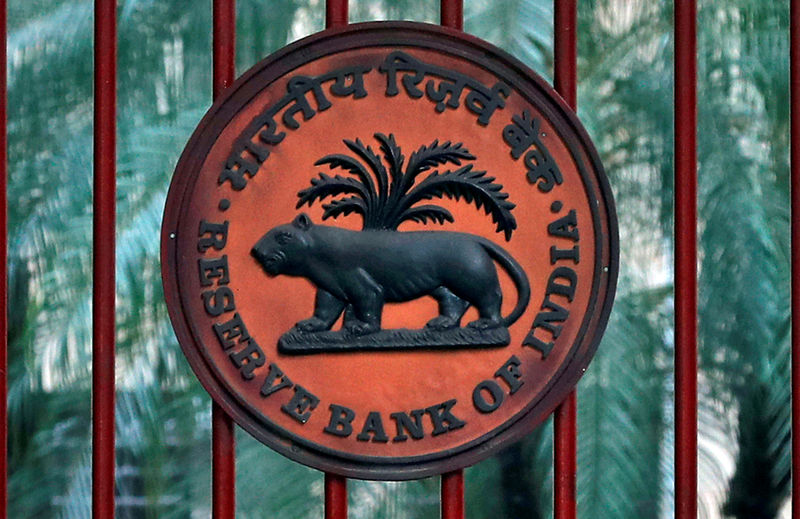(Bloomberg) -- Lenders will have to consider issues such as liquidity and debt-servicing ratios when preparing restructuring plans for loans that have soured due to the coronavirus pandemic, the Reserve Bank of India said following recommendations from an external panel.
The central bank identified 26 sectors affected by the pandemic such as auto, aviation and tourism, which can be offered a resolution subject to criteria including debt-coverage ratio, outstanding liabilities and a company’s net worth before the virus.
“The compliance in regard to meeting the agreed ratios must be monitored as financial covenants on an ongoing basis, and during subsequent credit reviews,” the RBI said in a statement on Monday. “Any such breach not rectified within a reasonable period, in terms of the loan contract, will be considered as financial difficulty.”
Banking shares were little changed at 9.30am in Mumbai in line with the broader Sensex index.
Veteran Banker
India’s central bank had allowed banks to alter the terms of loans for cash-strapped borrowers hit by the fallout of the pandemic, including longer repayment times and an extended freeze on repayments. Under the new measures, lenders don’t have to classify restructured loans as bad debt for up to two years. The RBI also formed a 5-member panel headed by veteran banker K V Kamath to come up with specific financial parameters to resolve large covid-affected accounts.
“Financial parameters like debt servicing ratio and net worth of a company pre-Covid are a reasonable matrix to ensure that only genuine companies, which were affected by the pandemic will be eligible for debt restructuring,” said Siddharth Purohit, an analyst at SMC Global Securities Ltd. “This won’t give an escape clause to companies which were already in trouble before Covid. In that sense the norms are simple, reasonable and will help the companies in real trouble.”
The regulator last month gave lenders the power to restructure certain loans, replacing a six-month moratorium that ended on Aug. 31. Only loans that were performing as of March will be eligible for restructuring.
QuickTake on India’s plan to tackle $140 billion in bad loans
India Ratings, the local arm of Fitch, estimates that 8% of outstanding loans could be restructured. As much as half of India’s loans could end up being classified as non-performing debt, according to Standard Chartered (OTC:SCBFF) Plc, which also expects problem loans to rise to 17-19% by March 2021. The central bank, meanwhile, expects the bad loan ratio to rise to 12.5% by March, up from 8.5% a year earlier, and the highest level since 2000.
(Updates with stock move in fourth paragraph)
©2020 Bloomberg L.P.
